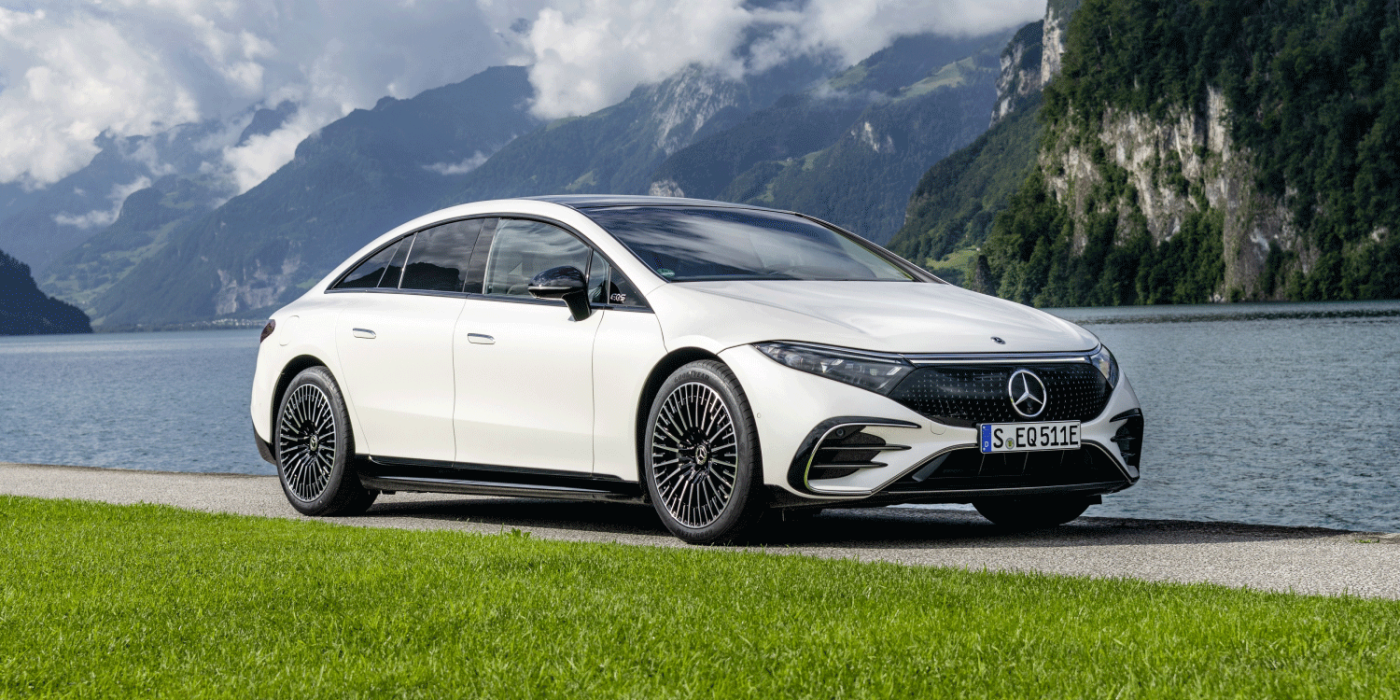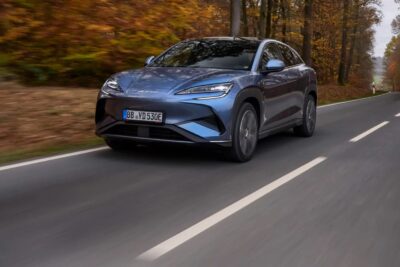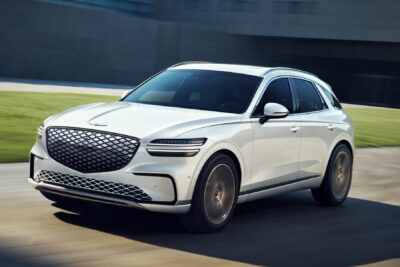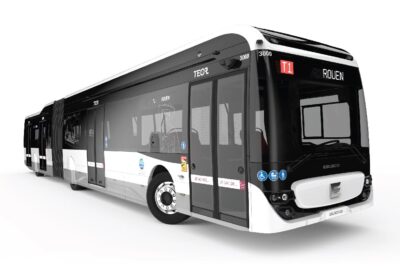Mercedes EQS & EQE rumoured to receive 800-volt system
Mercedes-Benz will reportedly upgrade its EQE and EQS electric models to an 800-volt electrical system from 2025, allowing for charging capacities over 200 kW. According to media reports, the switch to 800-volt system voltage is part of a larger upgrade of the EVA2 platform, which will then be called EVA2M.
The EVA2 is known to be the 400-volt platform on which the EQE and EQS series are based, i.e. both the sedans and the corresponding SUV models (including the Maybach offshoot of the EQS SUV). According to the German automotive blog JESMB, the EVA2 will receive a comprehensive upgrade under the name EVA2M – the ‘M’ stands for “Mopf”, the Mercedes-internal abbreviation for model updates. A source for this is not named, but the alleged contents of the upgrade are.
In the process, the previous e-motors from Valeo will be replaced by the eATS 2.0 drive developed by Mercedes-Benz itself, which operates with an 800-volt electrical system. Since the eATS 2.0 is apparently only designed for 800 volts, the voltage position for the drive must also be changed for the EVA2. In principle, the eATS 2.0 unit is also to be installed in the future platforms MMA (CLA, as well as the next generation of the EQA and EQB) and the MB.EA-M (C-Class and GLC). According to JESMB, the MB-EA-L for the large E-vehicles from 2028 will receive a drive unit called EDU3.0, EDU stands for Electric Drive Unit.
The EVA2M will also use new SiC power electronics and a new type of battery cell. The SiC power electronics alone, instead of semiconductors made of pure silicon, are supposed to increase the range by five per cent due to lower heat losses, according to “JESMB”. All that is said about the new cell type is that it is “identical to the MMA platform”. Whether it is a different cell chemistry or a change in cell format is not mentioned.
With 800 volts, more than 200 kW charging power is possible
What is clear, however, is that the change to 800 volts system voltage means that the current upper limit of 200 kW no longer applies – since the CCS charging standard is limited to a current of 500 amperes, no more than 200,000 watts or 200 kW are possible at 400 volts. With the over 100 kWh batteries in the EQS models, this meant that particularly short charging times were not possible. However, there is no mention of how far the charging power is to increase and the charging time to decrease.
The switch to 800 volts is not an end in itself, even a good charging curve with 400 volts can enable acceptable charging times in practice – especially with the quite high ranges of the aerodynamically optimised Mercedes saloons, a break is then usually necessary anyway. However, the fact that the e-GMP Hyundai or Kia, which is half as expensive, arrives at the charging station later and still reaches 80 per cent earlier than the expensive Mercedes is not always likely to please the luxury clientele of the Stuttgart company.
Incidentally, the switch to the eATS 2.0 brings another innovation: unlike the current Valeo drive with rigid transmission, the eATS 2.0 has a two-speed gearbox. In the EVA2M and MB.EA-M, the “Large” variant is used. Here, the PSM is stronger and the transmission is adapted to the increased torque. The basic version of the eATS 2.0 for the MMA models also has two gears, but is designed for lower power.
Mercedes has already introduced some improvements in the 400-volt version of the EVA2 (heat pump, 22 kW onboard charger and a decoupling unit in the all-wheel-drive variants for the front electric motor), which should provide a better customer experience, for example through a longer practical range or shorter AC charging times. With the major upgrade to EVA2M, a bigger change would then be on the cards.
The question is what impact reports and speculation about such massive changes will have on demand for Mercedes’ top electric models. The Mercedes Maybach EQS 680 SUV, for example, will not be launched until the end of 2023, but now a technically significantly improved variant is already on the horizon for 2025, even before the market launch. The EQS sedan has been on sale since August 2021. The fact that there will be a new round of model maintenance after about four years was to be expected here, but not necessarily how extensive it would turn out to be.





2 Comments